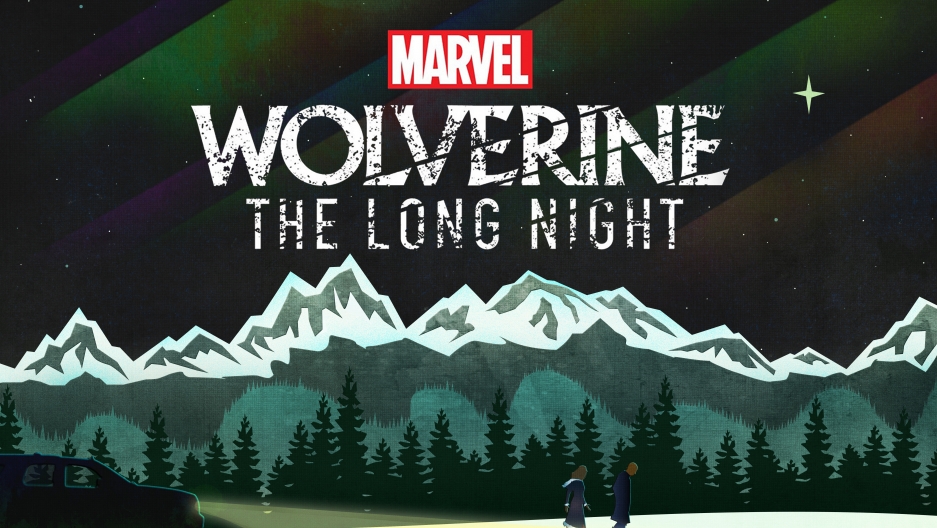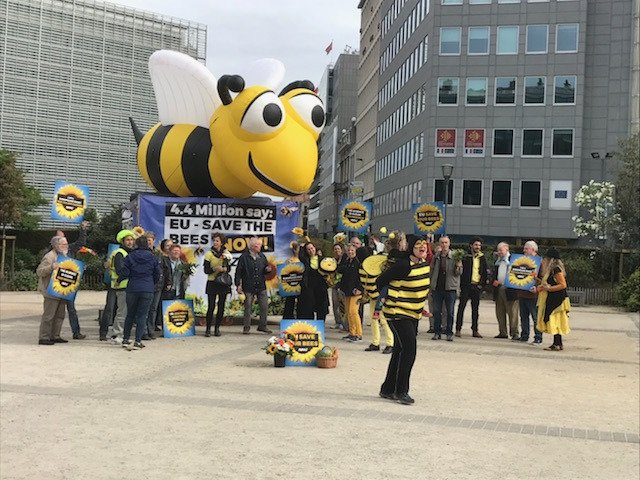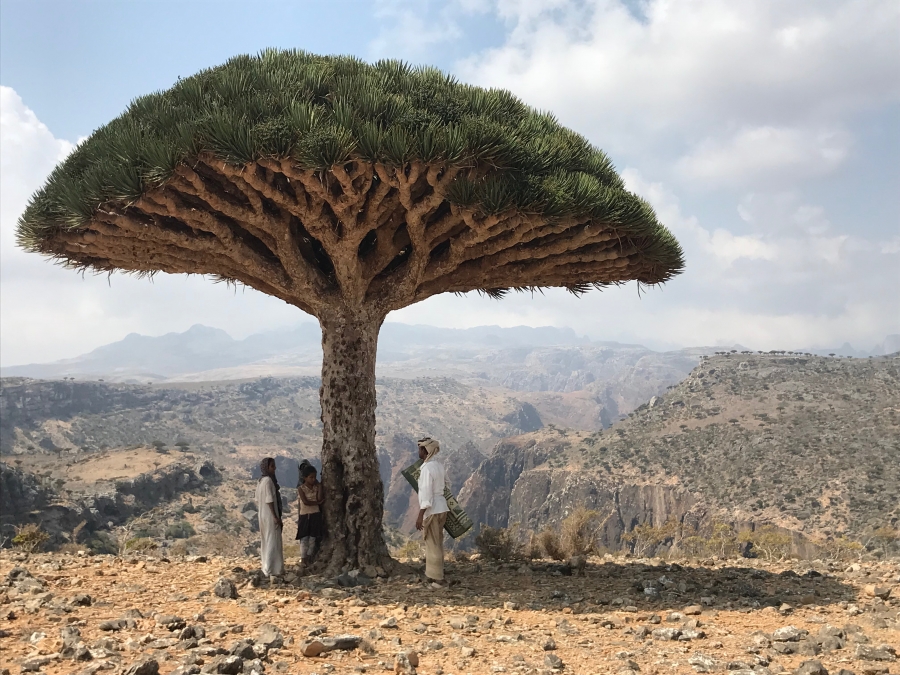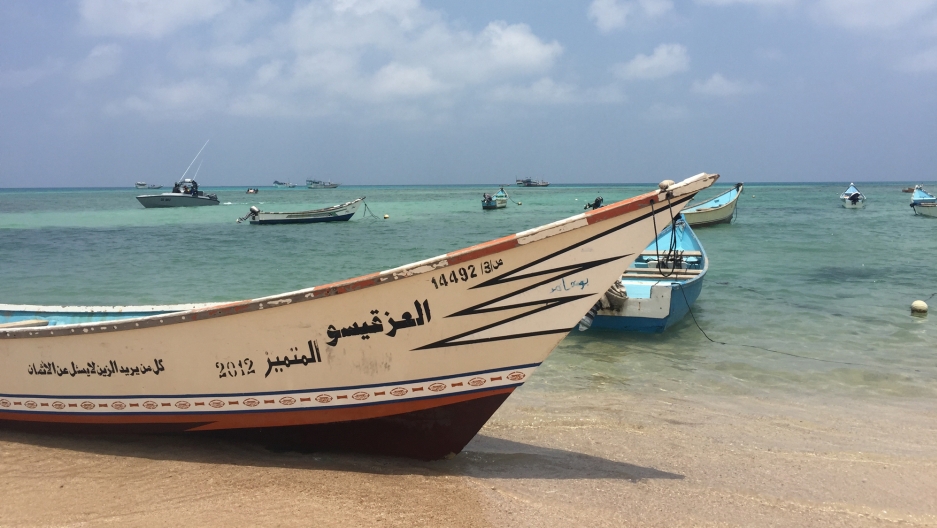In Alaska's Thawing Permafrost, Humanity's 'Library Is on Fire'
Rising Arctic temperatures are destroying ancient artifacts once preserved in the frozen ground and taking a toll on native traditions that depend on the sea ice.
By Sabrina Shankman
NOV 30, 2017
This story was co-published with The Weather Channel.
The Internet connection is bad. As Herman Ahsoak speaks into his iPhone, the video chat freezes periodically, his face fixed in strange contortions on the screen.
Ahsoak is in Utqiagvik, Alaska,
formerly known as Barrow, the northernmost community in the United States; he is speaking to a class of high school students in Kaktovik, the only community within the Arctic National Wildlife Refuge, more than 300 miles east. A member of the Inupiaq, whose people have lived on the North Slope for thousands of years, Ahsoak is demonstrating how to make an ulu—a knife used to skin and clean animals.
"My father, when I was coming of age, he would make these in our living room," he says, his hands expertly attaching a caribou antler handle to the curved blade. "I just happened to pay attention."
Herman Ahsoak teaches students by video chat how to make an ulu, a knife traditionally used by subsistence hunters to skin and butcher animals. Credit: Sabrina Shankman
Ahsoak is a whaling captain and subsistence hunter, and he has ulus for all occasions: for walrus, for belugas, and for the bowhead whales that he and other members of his community hunt each fall and spring.
But in Kaktovik, which is also an Inupiat community where people live off the food they hunt, the making of ulus has become nearly a lost art; most of the people who knew the craft have died or left. As the video feed stutters, the students take notes diligently while Ahsoak's voice carries through the line.
Things have changed on the North Slope since Ahsoak, 53, was a boy. It's been decades since the dog teams were replaced by all-terrain vehicles and snowmobiles, and graffiti on the side of one house in Utqiagvik gives a shout-out to the Wu-Tang Clan.
'This Didn't Used to Happen at All'
To see the changes in Utqiagvik, you don't have to walk any further than Herman Ahsoak's back door. One day in August, his backyard was pocked with gigantic puddles—some more like small ponds—where standing water from the rainiest summer anyone could remember sat atop frozen ground. A few steps out the door, whitefish were hanging out to dry, and a walrus skull soaked in a tub. Out in the yard, amid tall grass, the traditional skin boat he uses for the spring whaling season sat covered in plastic. He's had to start storing it that way in recent years as the weather has become warmer and more humid, Ahsoak explained, so that it doesn't get covered in mold.
The frozen walls of Herman Ahsoak’s ice cellar, where he stores whale meat after hunts, don’t normally melt, but that’s starting to change. Credit: Sabrina Shankman
The site looks different now. It turns out Ahsoak and his friends—and generations before them, too—had been sledding over the frozen remains of their ancestors. The first discovery came in the early 1980s, when an eroding bluff uncovered a family from the 1800s that was frozen in the ground, apparently killed in a natural disaster.
![]()
As the permafrost thawed, the well-preserved body of a young girl who lived in the area hundreds of years ago was discovered in an eroding bluff. Credit: Sabrina Shankman
Then, in the mid-1980s, a powerful fall storm ripped through Utqiagvik, tearing off the face of an adjacent hill. Amid the broken pieces of permafrost was an unmistakable sight: a human foot, with a pale sliver of skin exposed above a still-intact mukluk. Before the site could be excavated, another storm hit Utqiagvik, ripping further into the bluff and taking the body, which had been nicknamed Uncle Foot, with it.
A decade later, Jensen was visiting Utqiagvik before settling there, and she fielded a request to examine a new find at the site. Declining sea ice and an increase in storms had eroded the area further, exposing another mystery. This time, it began with the hood of a bird-skin parka that was sticking out of the ground.
The parka covered the body of a young girl—the best-preserved ever recovered in Alaska—who had lived there sometime in the 1200s. Genetic testing revealed that the girl had suffered from a disease that made her an invalid, but that she was cared for by her community. At the request of the elders in the community, she was treated as a person, not a scientific specimen, so her autopsy and reburial was fast-tracked. She was buried with a letter from local children, who addressed her as "
Agnaiyaaq," or "Dear Young Girl."
"You are very special and old," they wrote. "We wonder how you lived."
A few years ago, more human remains were found near the same location. The site has since been protected by sandbags and caution tape, but it's unclear if it will ever be fully excavated. There are fears that further digging could weaken the permafrost that supports a nearby road, and the waves below continue to crash closer.
Anne Jensen and her team excavate an area where historic ruins were discovered in northern Alaska. Credit: Weather Channel
Each year, warming temperatures, rising seas, and increasingly powerful storms take another bite into the history here—and the present. If it's still possible for people in many corners of the world to ignore what scientists say is coming, in Utqiagvik, it's hard not to talk about climate change. It is, quite literally, everywhere you look. In their own ways, both Ahsoak and Jensen are trying to retain essential parts of the past, and help the community adapt to a new reality. Jensen also has another hope—that this work might make climate change more immediate to the rest of the world, while there still might be some time left to do something about it.
"You can stand there and give people all sorts of data about sea level going up and whatnot, but it's really hard for people to envision what that means," Jensen says. "The more you can bring people into the story—actual once-living people—the more people get it and relate to it. And then once they relate to it, they start thinking about, 'Oh that could be me, that could be us'."
Top photo: The Inupiaq have lived on the North Slope for thousands of years, relying on sea ice, whaling and the frozen ground. Credit: Sabrina Shankman
https://insideclimatenews.org/news/...-artifacts-sea-ice-hunting-whaling-traditions
![TheLongNight_Horiz.jpg]()

























/https://public-media.smithsonianmag.com/filer/ae/69/ae69c2b5-3d5a-4f43-9ef1-3853de2d9c85/divers-investigate-the-sydney-cove-wreck.jpg)













:focal(1400x1000:1401x1001)/https://public-media.smithsonianmag.com/filer/77/20/772078d1-e728-4f40-ac8d-36af2d2becc1/29080690335_75a8104b44_o.jpg)




/https://public-media.smithsonianmag.com/filer/e6/d4/e6d4e13e-f393-41d7-87da-77aaf1bbe704/file-20180508-34006-g309sg.jpg)






